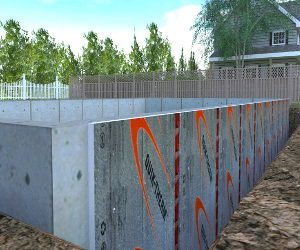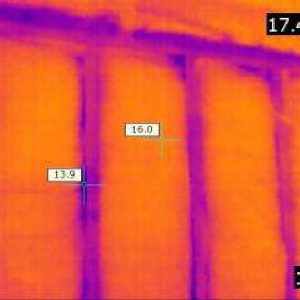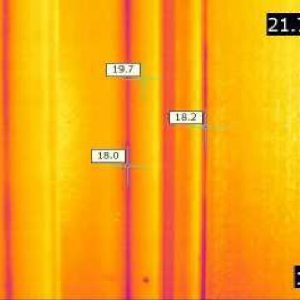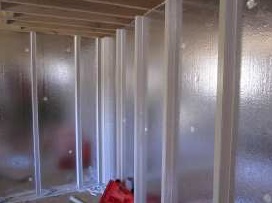 Inside or outside, properly insulated basement walls will save you money on your heating bills and provide a dry, comfortable and healthy living environment. When it comes to insulating basement walls, it’s not so important what side of the wall is insulated (inside or outside); it’s the type of insulation you choose and/or whether or not you have a finished basement in mind. USE ONLY FOAM INSULATION IN BASEMENTS. All batt insulations absorb water. LEARN MORE
Inside or outside, properly insulated basement walls will save you money on your heating bills and provide a dry, comfortable and healthy living environment. When it comes to insulating basement walls, it’s not so important what side of the wall is insulated (inside or outside); it’s the type of insulation you choose and/or whether or not you have a finished basement in mind. USE ONLY FOAM INSULATION IN BASEMENTS. All batt insulations absorb water. LEARN MORE
Let’s compare pros and cons of insulating inside vs. outside. What you will learn is an advantage for one method is often the same or similar advantage for the other method…. providing you are using continuous rigid foam insulation.
Advantages of Insulating Exterior Basement Walls
During new construction, adding continuous insulation on exterior basement walls is easy. Insulating on the outside of basement walls provides the following advantages:
- Minimizes thermal bridging through foundation walls. Thermal bridging is heat energy loss through framing members. Note# Wood framing is colder than the batt insulated wall cavity.
- Protects damp-proof coatings from damage during backfilling
- Reduces moisture intrusion
- Reduces fluctuation in temperature
- Reduces potential for condensation on the inside of basement walls
- Conserves space; relative to installing insulation on the interior
 Advantages of Insulating Interior Basement Walls
Advantages of Insulating Interior Basement Walls
Insulating with continuous rigid foam insulation on the inside of basement walls provides the following advantages:
- Is much less expensive to install after the initial construction has been completed
- Minimizes thermal bridging. With continuous rigid insulation there is no thermal bridging through framing members. See IR image below.
Compared to exterior insulation, basements insulated on the inside provide superior comfort

- Eliminates condensation on the inside of walls
- Because the work is less expensive and easier to schedule, most contractors prefer insulating the interior side of basement walls
- Rigid foam insulations covered with foil or plastic facers often meet code compliancy as radon and air barriers
- Eliminates insect infestation
* IMPORTANT *
Water intrusion, high humidity and condensation are the biggest issues/concerns when insulating basements. Mold is the result of a moisture laden basement. It’s very simple; no moisture – no mold! Do not use products capable of absorbing moisture/water. Rigid foam insulation with metal or plastic framing members are your best choices. Never allow drywall to sit directly on the top of concrete floors.

